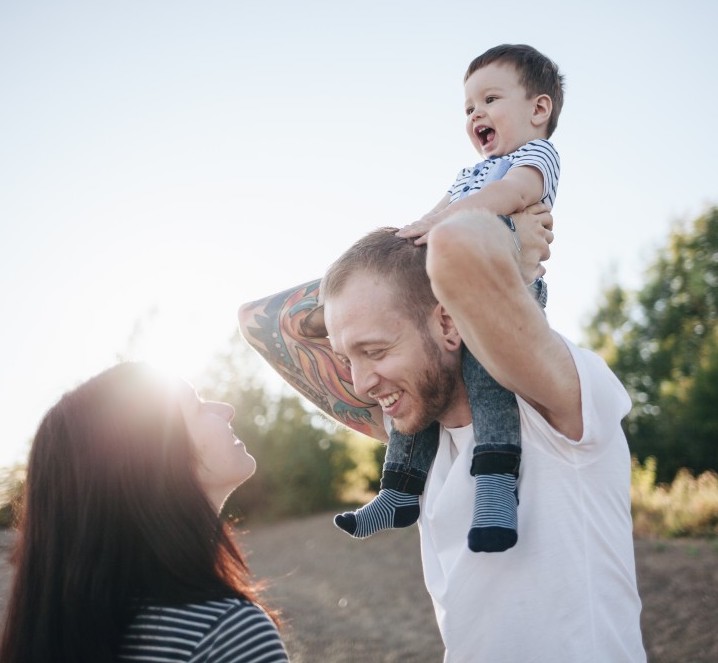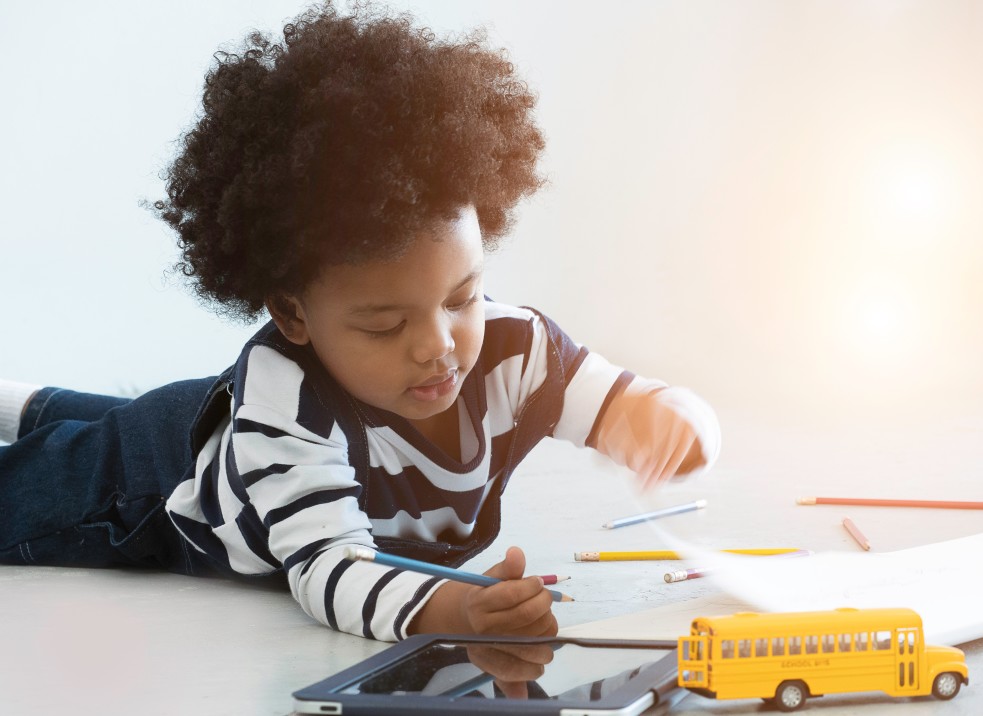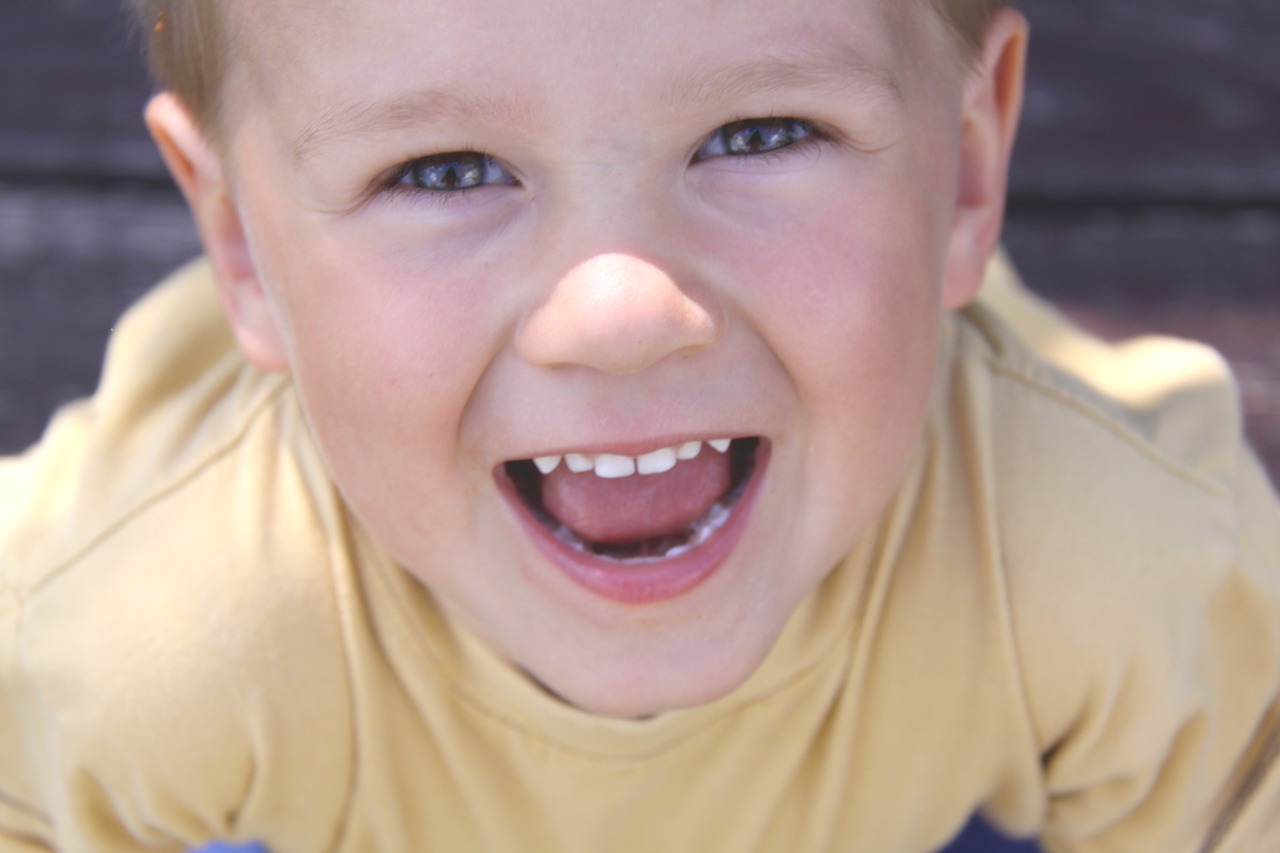 Your baby is able to communicate with you long before they speak a single word! Learn how children communicate and what to do when there are concerns about delays in development.
Your baby is able to communicate with you long before they speak a single word! Learn how children communicate and what to do when there are concerns about delays in development.
Milestones during the first 2 years
Children develop at different rates, but they usually are able to do certain things at certain ages. Following are general developmental milestones. Keep in mind that they are only guidelines. If you have any questions about your baby’s development, ask your child’s doctor—the sooner the better. Even when there are delays, early intervention can make a significant difference.
By 1 year most babies will
- Look for and be able to find where a sound is coming from.
- Respond to their name most of the time when you call it.
- Wave goodbye.
- Look where you point when you say, “Look at the _________.”
- Babble with intonation (voice rises and falls as if they are speaking in sentences).
- Take turns “talking” with you—listen and pay attention to you when you speak and then resume babbling when you stop.
- Say “da-da” to dad and “ma-ma” to mom.
- Say at least 1 word.
- Point to items they want that are out of reach or make sounds while pointing.
Between 1 and 2 years most toddlers will
- Follow simple commands, first when the adult speaks and gestures, and then later with words alone.
- Get objects from another room when asked.
- Point to a few body parts when asked.
- Point to interesting objects or events to get you to look at them too.
- Bring things to you to show you.
- Point to objects so you will name them.
- Name a few common objects and pictures when asked.
- Enjoy pretending (for example, pretend cooking). They will use gestures and words with you or with a favorite stuffed animal or doll.
- Learn about 1 new word per week between 11/2 and 2 years.
By 2 years of age most toddlers will
- Point to many body parts and common objects.
- Point to some pictures in books.
- Follow 1-step commands without a gesture like “Put your cup on the table.”
- Be able to say about 50 to 100 words.
- Say several 2-word phrases like “Daddy go,” “Doll mine,” and “All gone.”
- Perhaps say a few 3-word sentences like “I want juice” or “You go bye-bye.”
- Be understood by others (or by adults) about half of the time.
Programs that help children and families
If your child has delays or suspected delays, your child’s doctor will probably refer you to an early intervention program in your area.
If your child is younger than 3 years, the referral may be to an early intervention program in your area. Early intervention programs are sometimes called “Part C” or “Birth to Three” programs. Early intervention is a federal- and state-funded program that helps children and their families. You may also contact the early intervention program yourself.
If your child qualifies for services, a team of specialists will work with you to develop an Individual Family Service Plan (IFSP). This plan becomes a guide for the services your child will receive until 3 years of age. It may include parent training and support, direct therapy, and special equipment.
If your child is 3 years or older, the referral may be to your local public school. You may also contact the local public school directly. If your child is eligible, the school district staff will, with your input, develop an Individual Education Plan (IEP).
Excerpted from “Language Delays in Toddlers: Information for Parents” from healthychildren.org. Read the full article online for additional details.
Source: healthychildren.org | Language Delays in Toddlers: Information for Parents, https://www.healthychildren.org/English/ages-stages/toddler/Pages/language-delay.aspx | Copyright © 2019 American Academy of Pediatrics. Last updated 4/30/2021
If you have concerns about your child, CHC Care Coordinators can arrange a free 30-minute consultation so you can explore options with an expert. We invite you to call or email us at 650.688.3625 or careteam@stage.chconline.org to set up an initial Parent Consultation appointment. CHC teletherapy services are available now.





